Aircraft
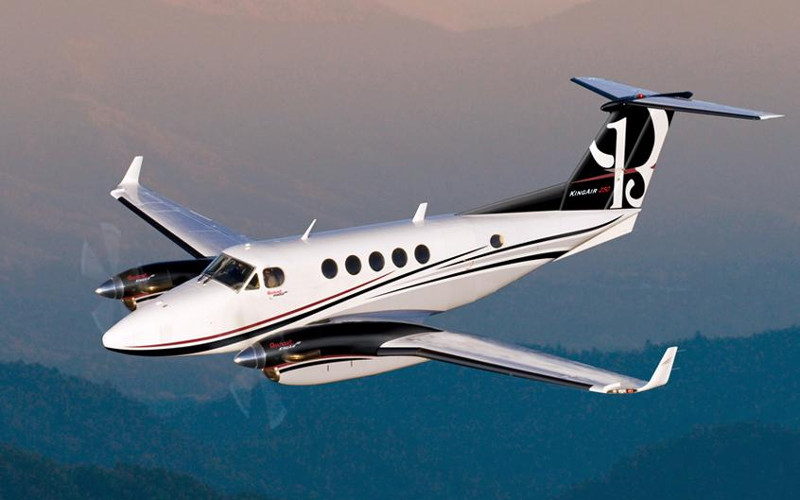
Super King B200
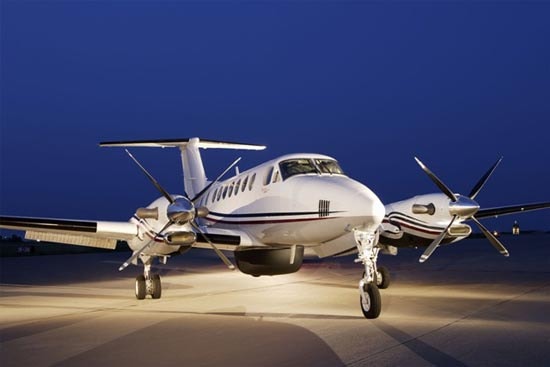
Super King Air B350
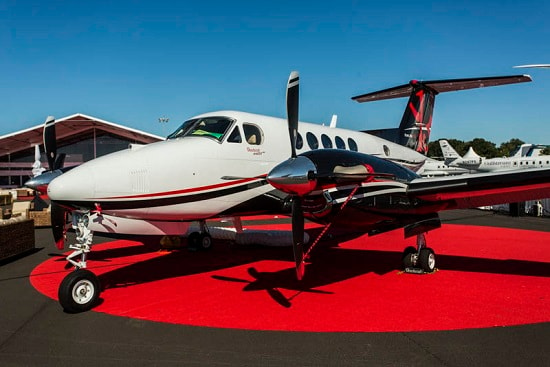
Super King Air B250
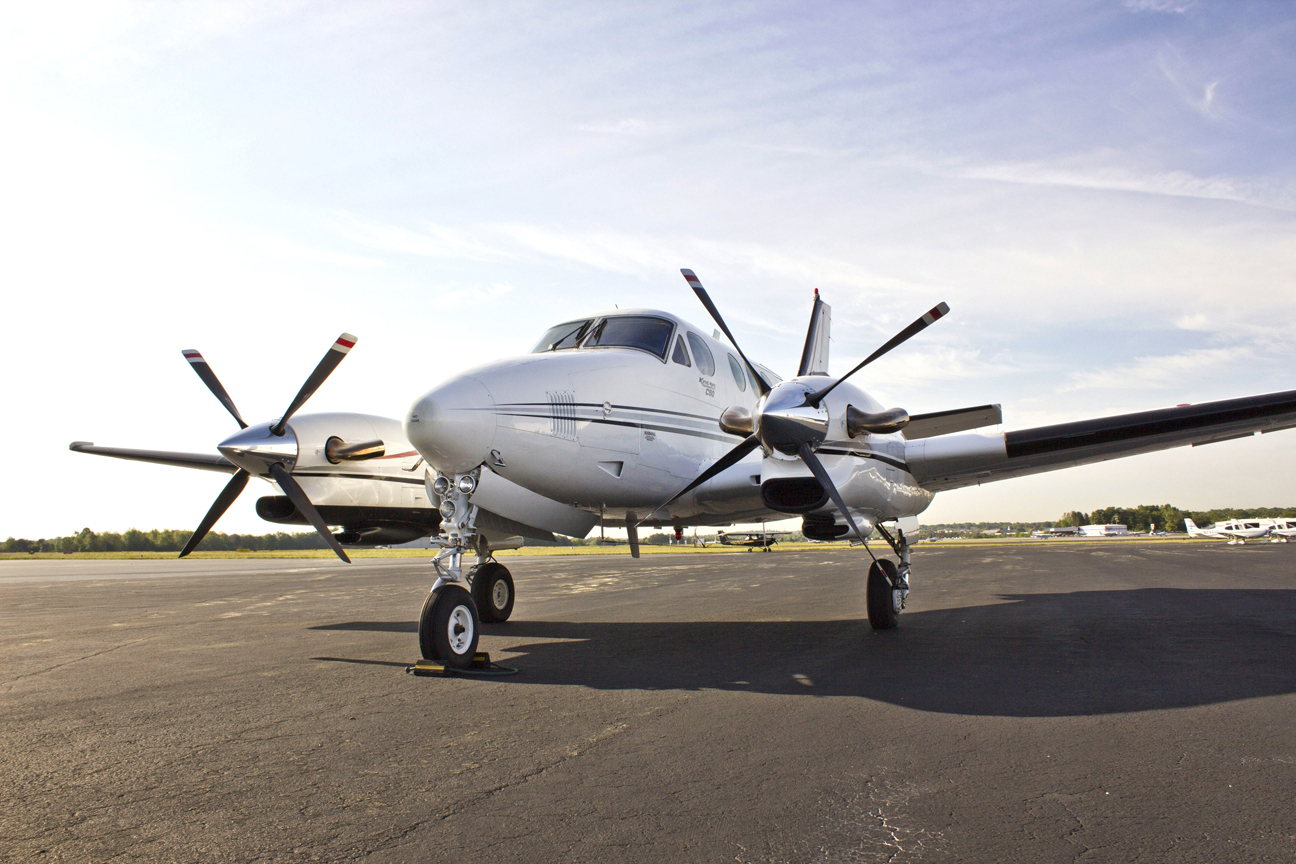
C90
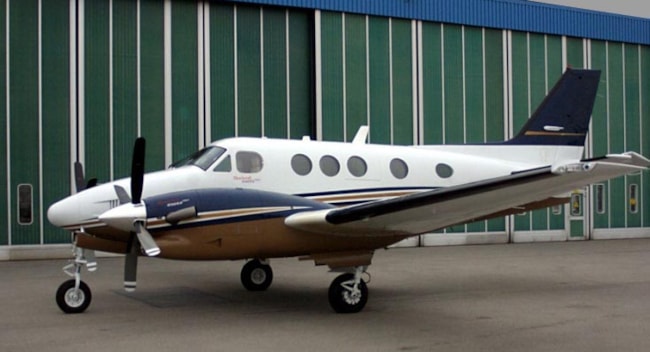
C90 GT
Demystifying Turboprop Aircraft: The Powerhouse of Regional Aviation
Turboprop aircraft, often overlooked in favor of their jet-powered counterparts, are a vital and efficient component of regional aviation. In this article, we unravel the essence of turboprop aircraft, exploring their mechanics, versatility, applications, and why they remain a staple in the aviation industry.
Turboprop Aircraft: The Basics:
Turboprop, short for "turbine-propeller," refers to an aircraft propulsion system that blends features of a jet engine and a traditional propeller-driven aircraft. Here's what sets turboprop aircraft apart:
- Turbine Power: Turboprop engines rely on a gas turbine (similar to a jet engine) to generate power. However, unlike jets, they use this power to turn a propeller.
- Efficiency: Turboprop engines are renowned for their fuel efficiency, making them an eco-friendly choice for regional flights.
- Versatility: Turboprop aircraft are well-suited for short to medium-haul routes, making them ideal for regional travel and connecting smaller airports.
Applications of Turboprop Aircraft:
Turboprop aircraft play a crucial role in various aviation sectors, including:
- Regional Airlines: Turboprops are the backbone of regional airlines, shuttling passengers between smaller airports efficiently.
- Cargo Transport: Many turboprops are converted for cargo use, transporting goods to remote locations with limited infrastructure.
- Military: Turboprop aircraft are valued by the military for their versatility, including surveillance, reconnaissance, and troop transport.
- Humanitarian Missions: The ability to access remote airstrips makes turboprops indispensable in humanitarian relief efforts.
Advantages of Turboprop Aircraft:
Turboprop aircraft offer several advantages:
- Short Runway Performance: Turboprops require shorter runways, enabling access to airports that jets cannot reach.
- Cost-Effective: They are generally more cost-effective to operate than jets, making them an economical choice for regional travel.
- Stability: Turboprop aircraft offer superior stability during slower flight, making them reliable in adverse weather conditions.
- Environmental Friendliness: Their fuel efficiency and lower emissions align with the industry's push for sustainability.
Turboprop Aircraft Rental Price:
Turboprop aircraft are known for their cost-effectiveness, making them a popular choice for private travel. Rental prices for turboprop aircraft can vary widely depending on factors such as the aircraft model, flight duration, and destination. On average, you can expect rental costs to range from $1,000 to $3,000 per hour of flight time. This affordability factor makes turboprops accessible to a broader audience.
Private Plane Booking:
Private plane booking for turboprop aircraft offers a seamless and convenient way to access personalized air travel. Whether for business trips or leisure getaways, turboprop aircraft provide a comfortable and efficient means of reaching your destination. With fewer passengers on board, you can enjoy privacy and flexibility, avoiding the hassles of commercial airports.
Charter Services for Turboprop Aircraft:
Chartering a turboprop aircraft is a popular choice for those who value convenience and flexibility. Private jet charter services offer a range of turboprop options, allowing you to select the aircraft that best suits your travel needs. Chartering provides the freedom to choose departure times, routes, and even in-flight amenities, ensuring a tailor-made travel experience.
Turboprop Aircraft Specifications:
- Passenger Capacity: Turboprop aircraft typically seat between 4 to 9 passengers, providing a comfortable and spacious cabin.
- Range: While turboprops are optimized for shorter to medium-haul flights, they are capable of covering distances of up to 1,500 nautical miles or more, making them suitable for regional and interregional travel.
- Short Runway Performance: One of the standout features of turboprop aircraft is their ability to operate from shorter runways, granting access to airports that may be inaccessible to larger jets.
- Fuel Efficiency: Turboprop engines are known for their fuel efficiency, contributing to lower operating costs and reduced environmental impact.
Conclusion:
Turboprop aircraft, often overshadowed by their jet-powered counterparts, are a powerhouse in regional aviation. With their unique combination of efficiency, versatility, and cost-effectiveness, they play an indispensable role in connecting communities and supporting various sectors, including regional airlines, cargo transport, and military operations. Understanding the value and capabilities of turboprop aircraft is essential to appreciating their enduring significance in the world of aviation

